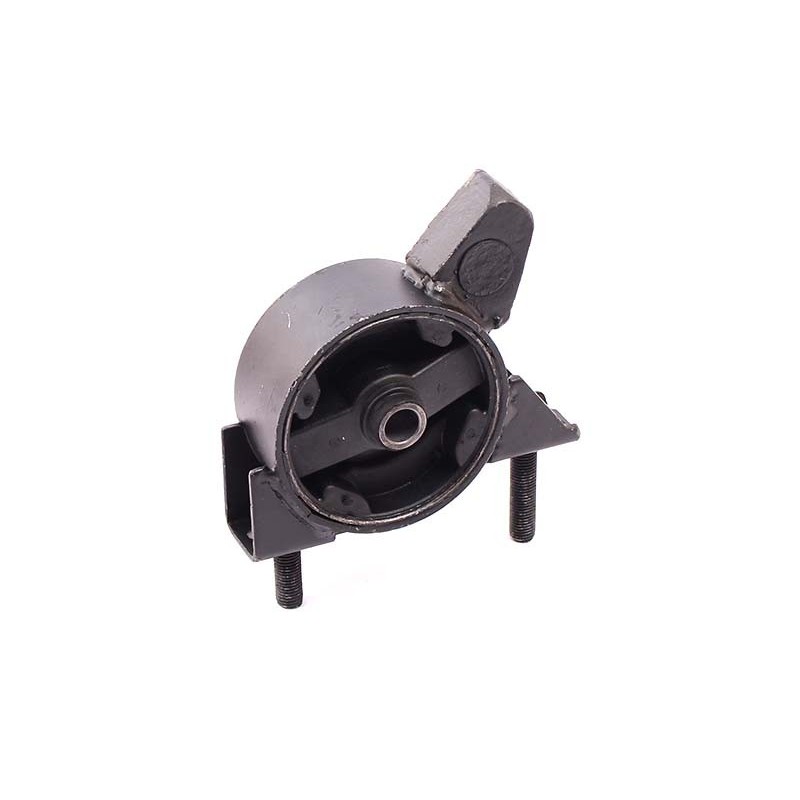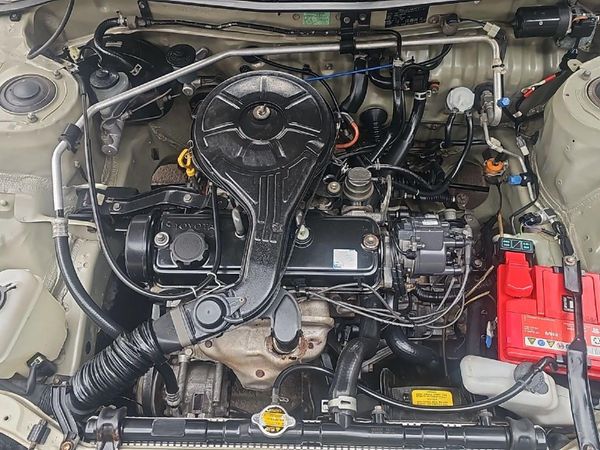Toyota Tazz: A Practical and Efficient Car for City Driving and Beyond
Toyota Tazz: A Practical and Efficient Car for City Driving and Beyond
Blog Article
Explore the Most Recent Fads in Engine Innovation Through Tazz
In the quickly progressing landscape of automotive innovation, Tazz stands at the forefront, highlighting substantial innovations in engine systems that focus on both innovation and sustainability. tazz. From crossbreed engines that enhance fuel efficiency to the development of hydrogen fuel cells, the trends forming modern-day powertrains are not just boosting efficiency but likewise dealing with essential ecological obstacles. As the industry remains to press boundaries, it is important to consider how these growths will affect future transport options and the more comprehensive effects for global energy intake. What lies in advance in this pivotal change?
Crossbreed Engine Innovations
Hybrid engine technologies represent an essential change in automotive modern technology, incorporating the advantages of internal combustion engines with electrical propulsion systems. This combination not just boosts gas efficiency but also lowers exhausts, meeting increasingly stringent environmental laws. By utilizing both energy resources, hybrid engines can enhance efficiency, providing power when needed while preserving gas during less requiring motoring problems.
Recent improvements in hybrid modern technology include enhancements in battery performance and regenerative braking systems. These technologies enable better energy healing during deceleration, which can be redirected to aid in velocity or power auxiliary systems. Additionally, producers are concentrating on small styles and lightweight products to optimize the efficiency of hybrid powertrains.
The development of plug-in crossbreeds has likewise expanded the market, allowing chauffeurs to charge their lorries making use of conventional electric outlets. This feature frequently permits for significant all-electric variety, more decreasing dependence on standard fuels. tazz. As the vehicle industry continues to progress, hybrid engine innovations are anticipated to play a vital duty in linking the void between standard lorries and totally electric models, supplying a transitional service that caters to varied consumer needs and choices
Breakthroughs in Electric Powertrains
The vehicle landscape is swiftly progressing, with electric powertrains becoming a leading force in lasting transportation. Breakthroughs in electrical vehicle (EV) innovation are substantially boosting user, performance, and effectiveness experience. Trick developments consist of improvements in battery chemistry, which have actually enhanced energy density, lowered charging times, and prolonged total battery life.
Solid-state batteries, for instance, promise to reinvent the marketplace by providing greater safety and security and efficiency contrasted to traditional lithium-ion cells. Advancements in regenerative stopping systems are making it possible for cars to recoup energy during slowdown, adding to overall performance.
Along with battery modern technology, electric motor designs are ending up being a lot more sophisticated. Developments such as integrated motors and advanced thermal administration systems are assisting to enhance power delivery and lower weight, ultimately improving vehicle characteristics.

Jointly, these advances emphasize the dedication to transition towards cleaner, extra reliable transportation solutions, placing electrical powertrains at the center of vehicle technology.
The Surge of Hydrogen Fuel Cells
Progressively, hydrogen fuel cells are acquiring traction as a practical alternative to traditional inner combustion engines and battery electrical automobiles. This innovation utilizes the chemical power kept in hydrogen, transforming it into electrical energy with an electrochemical response with oxygen. The main byproduct of this procedure is water, making hydrogen fuel cells an eco-friendly option with absolutely no discharges at the tailpipe.

Car manufacturers are increasingly purchasing hydrogen gas cell technology, identifying its capacity for long-range applications and fast refueling capacities that match standard gas. Additionally, fields such as durable transportation and public transit are specifically appropriate for hydrogen gas cells, where battery electric remedies might fail because of weight and variety constraints.
As research and investment remain to expand, hydrogen fuel cells are poised to play a significant role in the future landscape of clean transportation and energy solutions.
Enhancements in Internal Combustion Engines
Advancements in interior combustion engine (ICE) innovation are transforming conventional automobiles to satisfy contemporary environmental standards and performance assumptions. Among one of the most considerable enhancements includes the combination of sophisticated fuel injection systems. These systems maximize the air-fuel combination, boosting burning effectiveness and resulting in reduced emissions. Straight fuel injection, as an example, permits far better atomization of gas, causing more full burning and improved power output.
Additionally, turbocharging has actually acquired prestige, enabling smaller engines to more information supply higher efficiency without the weight of larger engines - tazz. This modern technology not just improves efficiency yet also adds to lower gas consumption. Variable shutoff timing systems are also being improved, enabling engines to adjust to various driving conditions for boosted torque and responsiveness
In addition, the use of light-weight materials in engine building and construction is becoming why not find out more typical, additional boosting fuel performance by reducing general vehicle weight. Engine control systems (ECUs) are significantly innovative, enabling real-time modifications that maximize performance and discharges.
These improvements jointly represent an essential change in ICE technology, lining up with international sustainability objectives while still offering the performance drivers anticipate from their lorries. As the industry develops, these enhancements proceed to form the future of traditional automobile design.
Future Fads in Engine Performance
Significant developments in engine effectiveness are prepared for as manufacturers concentrate on integrating advanced innovations to satisfy rigid ecological guidelines and customer needs. The change in the direction of electrification, crossbreed systems, and different gas is improving the vehicle landscape, driving technologies that boost fuel economic situation and reduce emissions.
One of the key trends is the implementation of sophisticated materials and manufacturing techniques. Lightweight compounds and high-strength alloys add to decreased car weight, thus improving total performance. In addition, the adoption of turbocharging and variable valve timing technologies permits improved power result from smaller sized engines, additionally enhancing fuel economic situation.

Verdict
Technologies in hybrid engine systems, electric powertrains, and hydrogen fuel cells demonstrate a dedication to reducing emissions while improving efficiency. Renovations in inner combustion engines and a focus on light-weight products add to total engine performance.
From crossbreed engines that click resources optimize fuel efficiency to the development of hydrogen fuel cells, the trends shaping contemporary powertrains are not only improving performance yet additionally addressing crucial environmental difficulties.Hybrid engine developments represent a critical shift in automotive technology, combining the advantages of inner burning engines with electrical propulsion systems.Furthermore, turbocharging has gotten importance, enabling smaller engines to deliver greater efficiency without the weight of bigger engines. Furthermore, the adoption of turbocharging and variable shutoff timing modern technologies permits for enhanced power output from smaller engines, better boosting fuel economic situation.
Renovations in interior combustion engines and an emphasis on light-weight materials contribute to total engine effectiveness.
Report this page